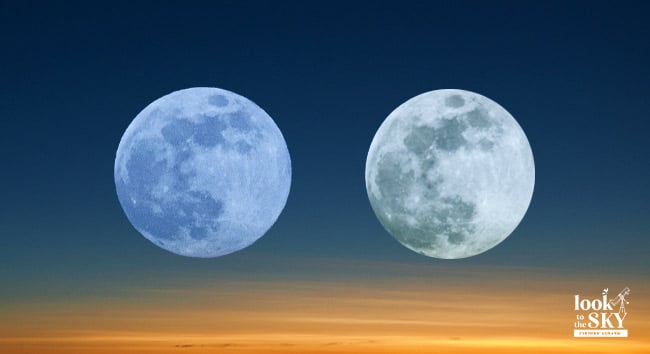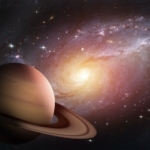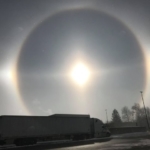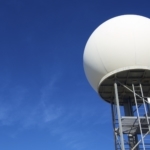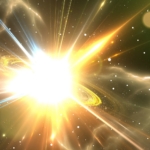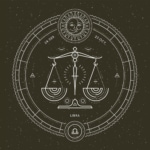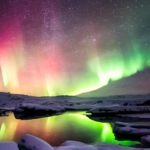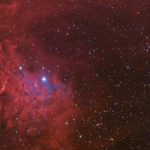August’s night sky includes two supermoons (the full Sturgeon Moon and a Blue Moon), the best meteor shower of the year (The Perseids), and many other dazzling summer sights. Learn everything you need to know about the night sky in our calendar of sky events here. If you have any questions, please let us know in the comments section below. Your questions will be answered by an expert astronomer.
Note: All times and positions are listed in Eastern time, 40 degrees north of the equator—unless listed otherwise.
Look for the telescope emoji – 🔭 – as a quick reference for when recommend using telescopes and binoculars.
Bookmark this page now (Press command+D on your keyboard) so you can easily refer to it over the next few weeks. If you’re interested in locating specific planets throughout the year, see our visible planets guide.
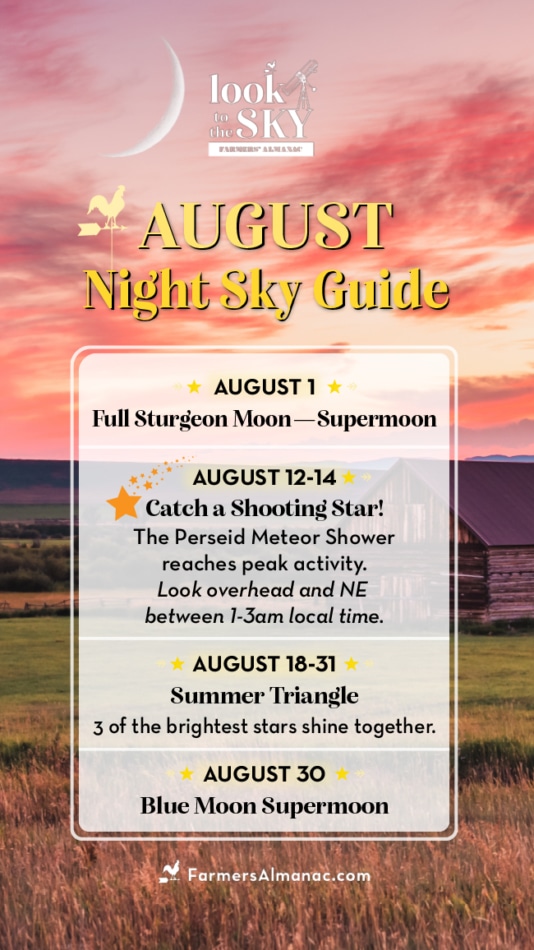
August Night Sky Guide
🔭 August 1 – Full Sturgeon Moon
The full Moon reaches peak illumination at 2:32 p.m. EDT.
See what time the Moon rises is your area – Enter The Farmhouse
As soon as the Sun sets, look west with binoculars to get your very last glimpse of Venus sparkling about three degrees above the horizon. (Bear in mind that Venus will only be visible for approximately 20 minutes and you must be in an area with a clear view of the western horizon line.)
Get your FREE Sturgeon Moon Horoscopes
August 2 – Saturn And The Moon
During the late evening hours, a half-dozen degrees to the left of the nearly full Moon, will be Saturn. The ringed world rises in evening twilight. Look low in the east-southeast after dark.
In the after-midnight hours, Saturn is suitably high for good telescopic observing—a bright, sedate point of light in the south-southeast amidst the dim stars of Aquarius. It doesn’t reach its highest point in the south until just before 3 a.m. local daylight time.
🔭 August 8 – Jupiter And The Last Quarter Moon
Shortly after midnight, look low toward the east-northeast horizon to watch the ascent of the Moon, accompanied by brilliant Jupiter just a couple of degrees below it. Wait a couple of hours when both have risen well up in the east to get good views of both with binoculars or a telescope.
The Moon reaches its last quarter phase at 6:28 a.m. EDT.
August 9 – Mercury
Mercury is 27 degrees east of the Sun—its greatest elongation of the year—but it’s very low in the sky due to the low inclination of the ecliptic to the horizon. In addition, Mercury appears very faint against the bright twilight, fading from magnitude +0.1 on August 1 to +0.7 on August 16.
August 12+13 – The Perseid Meteor Shower Peaks
The most famous of all meteor showers, the Perseids, are expected to reach its peak during the predawn hours this morning. It never fails to provide an impressive display and, due to its summertime appearance, it tends to provide the majority of meteors seen by non-astronomy enthusiasts.
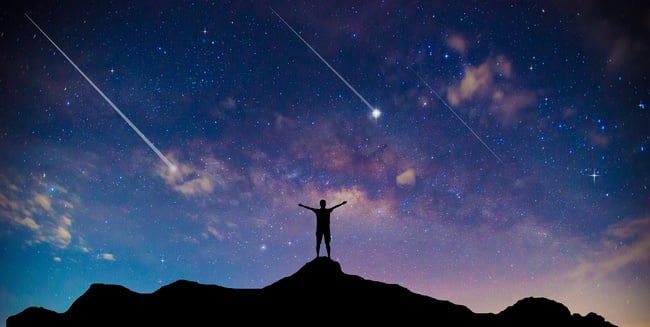
These meteoroids are no bigger than sand grains or pebbles, have the consistency of cigar ash, and are consumed many miles above our heads. They appear fast and bright and frequently leave persistent trains. From a location free from bright lights and tall obstructions like buildings or trees, a single observer looking overhead and toward the northeast might see up to 90 shooting stars per hour! They’re called Perseids because they appear to shoot away from the constellation, popularly known as Perseus.
August 13 – Venus Conjunction
On this day, Venus is aligned with the Sun (conjunction). More specifically, this is an inferior conjunction which means that Venus is on the near side of the Sun, passing closer to Earth than any other planet can (26.8 million miles). The planet races through this position and appears in the dawn sky as a “morning star” approximately seven days later. By the end of August, Venus will rise almost two hours before Sunrise.
August 16 – New Moon
The New Moon occurs at 5:38 a.m. EDT.
Learn how to use a New Moon to set goals.
August 18-31 – The Summer Triangle In August’s Night Sky
Look overhead at approximately midnight to see three of the brightest stars of summer shine together as the Summer Triangle. These three stars— Vega, Deneb, and Altair—are actually members of three separate constellations: Vega is brightest star in The Lyre (constellation Lyra), Deneb is the brightest in The Swan (Cygnus), and Altair is brightest in The Eagle (Aquila).
Note: The Summer Triangle is visible for a longer period of time than the date range listed. August 18-31 is simply a suggested time frame for sky watching during August 2023.
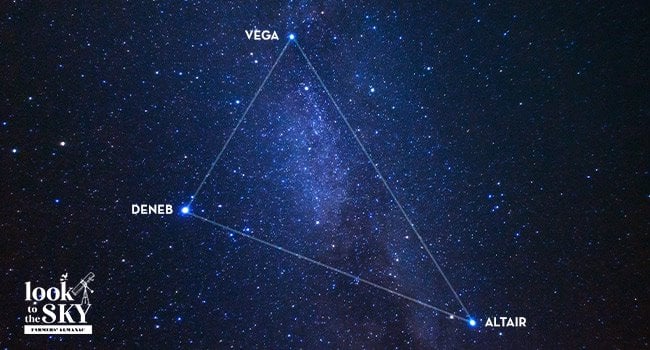
Between and around the three great constellations of the Summer Triangle are two little ones. Between Aquila, the Eagle and Cygnus, the Swan is a longish figure of four stars, which can pass for an arrow. This is the constellation Sagitta, the arrow shot by Hercules. Although it’s a small star pattern, it’s quite striking for its size and is located halfway between the heads of the Eagle and Swan, within the Milky Way.
It seems uncertain whether Hercules was aiming for the Eagle or the Swan. Well, he missed them both! The prettier of the two little constellations is Delphinus, the Dolphin, a small diamond-shaped pattern of faint stars with one or two stars below it. It is very tiny, but the stars are so close together that this charming figure is easily seen on clear, dark nights. There is something especially attractive about the little diamond figure swimming just outside of the Milky Way. It does have the shape of a dolphin, leaping in a graceful curve.
Delphinus, in legend, is the Dolphin, which carried the Greek poet Arion safely to shore at Tarentum, allowing him to escape from his enemies. It is also popularly called “Job’s Coffin” though the origin of this name does not appear to be known today.
Learn more about constellations and asterisms.
August 24 – First Quarter Moon
The first quarter Moon occurs at 5:57 a.m. EDT. The Moon will also pass in front of one of the brightest and most colorful stars in the sky, the ruddy Antares in the constellation of Scorpius the Scorpion. This event is called an “occultation” and will be best seen from most of the central section of the country where Antares will disappear behind the dark limb of the Moon after evening twilight has ended and reappearing about an hour later.
Over the eastern US, the Moon will hide the star just prior to moonset, while over the western US, this event takes place during twilight or before sunset. This will be the first time that the Moon will appear to pass in front of Antares anywhere on Earth since February 7, 2010.
August 27 – Saturn
Saturn reaches opposition and shines at magnitude +0.5 for most of the month. It’s flattened globe currently appears less than half as wide as Jupiter’s, but its rings—evident in a telescope magnifying 30-power or more—are spread wider than Jupiter. They are tilted only nine degrees from edge on though.
August 30 – Blue Moon Supermoon
The Blue Moon occurs at 9:36 p.m. EDT.
See all upcoming full Moon times here.
Nine hours and 36 minutes earlier it will arrive at its closest point to the Earth in 2023 at a distance of 221,942 miles (357,181 km). Colloquially, this is now referred to as a “supermoon.”
Expect a large range in ocean tides (exceptionally low to exceptionally high) for the next few days. Also, since this is the second full Moon of August, it is considered a “blue” Moon.
🔭 August 31 – Venus
Up for a challenge? Look for Venus on the eastern horizon approximately one hour before sunrise. In a telescope, Venus will appear to be a very thin, long crescent shape. Scope it out!
Footnote
If the term “local time” is used, that means the time is true for every time zone (no adding or subtracting hours is necessary). Any mentions of sunset, midnight, and sunrise are also true according to your location.
Get your local sunrise, sunset, moonrise, and moonset times at The Farmhouse – Come on in!
Degrees Explained
Did you know that you can use the size of your hand to judge distances between objects in space? See our illustration below:
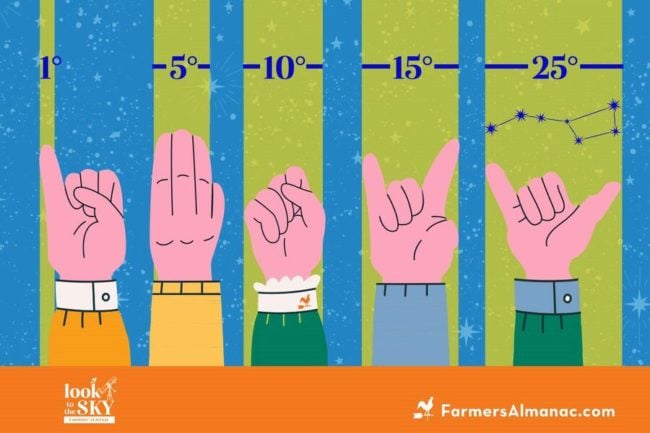
Magnitudes Explained
Magnitudes refer to the brightness of an object in space. The lower the number, the more dazzling it is. Bright stars are 1 or 0 magnitude. Fainter ones are 5 or 6. Super bright stars are in negative numbers. For instance, Sirius is magnitude -1.4. (For reference, the full Moon is -12.7 and the Sun is -26.7.)
Join The Discussion
What sky event are you looking forward to in August’s night sky?
Share your excitement with your community here in the comments below!
Related Articles
Full Moon August 2023 — Sturgeon Moon And Alternative Names

Joe Rao
Joe Rao is an esteemed astronomer who writes for Space.com, Sky & Telescope, and Natural History Magazine. Mr. Rao is a regular contributor to the Farmers' Almanacand serves as an associate lecturer for the Hayden Planetarium in New York City.

